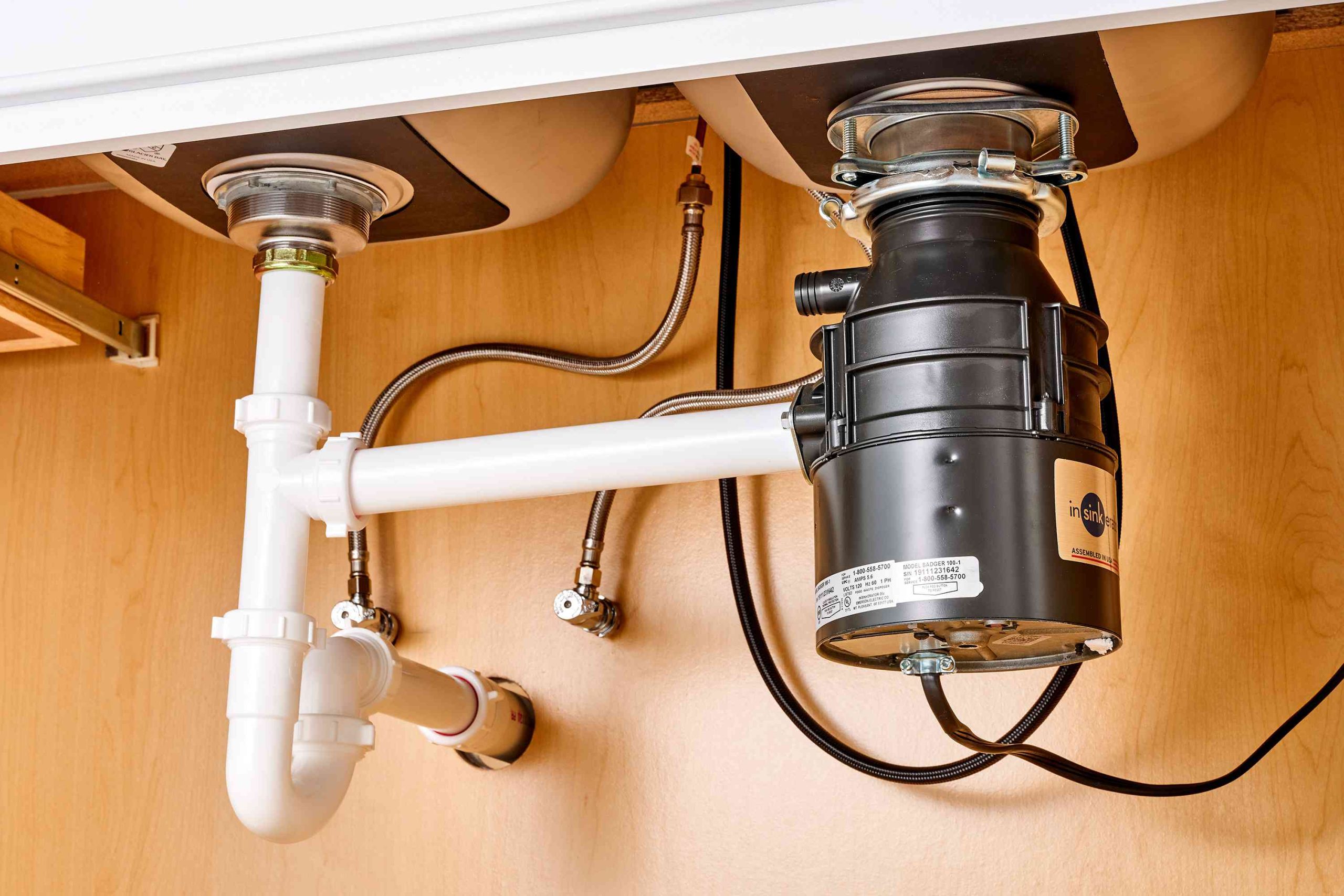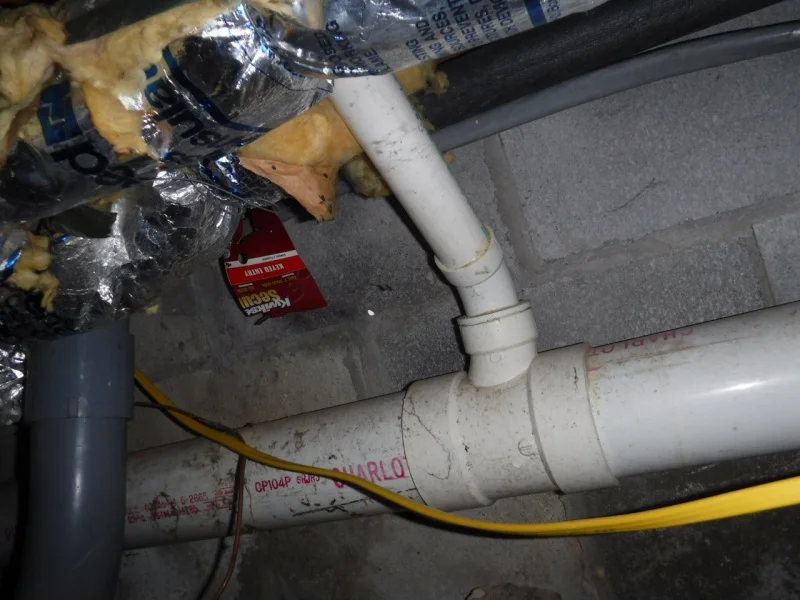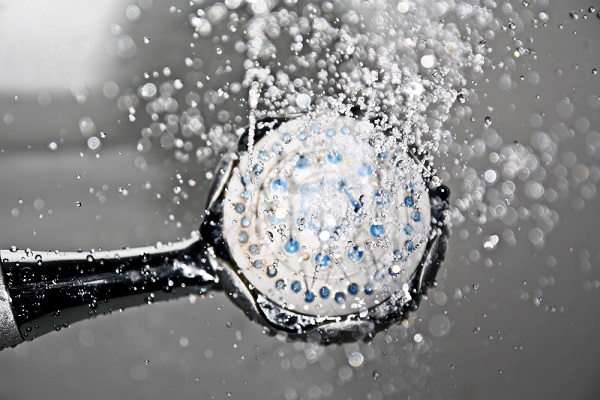To install a sanitary tee, position the tee fitting where it needs to go in the plumbing system, making sure the curved center section is facing the correct direction. Then, connect the horizontal and vertical pipes to the appropriate ends of the tee, ensuring a secure and watertight connection.
Introduction To Sanitary Tee
Installing a sanitary tee is made easy with this step-by-step guide. Learn how to properly connect horizontal drains to vertical drains using a curved center section for optimal liquid flow. No more confusion on which way the tee should go.
What Is A Sanitary Tee?
A sanitary tee is an essential component in plumbing systems that helps to maintain proper flow and prevent clogs. It is a type of fitting that consists of a curved center section, making it different from a regular tee fitting. The curved section allows for smoother and more efficient liquid flow, making it ideal for connecting horizontal drain pipes to vertical drain pipes.

Difference Between A Tee And A Sanitary Tee
While both a tee and a sanitary tee are fittings used in plumbing systems, the main difference lies in their design and functionality. A regular tee fitting has three openings at a 90-degree angle, forming the shape of the letter “T.” It is commonly used to create branching connections in plumbing lines. On the other hand, a sanitary tee has a curved center section that allows for better flow and prevents the buildup of debris and waste. It is primarily used to connect horizontal drains to vertical drains, typically leading to a trap. The curved section of the sanitary tee ensures a smoother and more efficient flow of liquids, reducing the risk of clogs and blockages. In summary, a sanitary tee offers enhanced functionality compared to a regular tee fitting, making it a crucial component in maintaining the proper functioning of plumbing systems.
Installation Of A Sanitary Tee
Installing a sanitary tee is an essential step in any plumbing project. A sanitary tee is specifically designed to connect horizontal drains to vertical drains, ensuring efficient liquid flow. In this step-by-step guide, we will walk you through the process of installing a sanitary tee, ensuring a secure and reliable connection. Let’s get started.
Tools Needed
Before you begin the installation, gather the following tools:
- PVC pipe cutter
- Tape measure
- Marker
- Sandpaper
- PVC cement
- Rubber couplings
- Adjustable wrench
Preparing The Pvc Pipe For A Tee Fitting
Follow these steps to prepare the PVC pipe:
- Measure the required length for the sanitary tee installation on the horizontal drain pipe.
- Use the PVC pipe cutter to cut the horizontal drain pipe to the measured length.
- Smooth the cut edges of the PVC pipe using sandpaper.
- Mark the center of the cut end of the horizontal drain pipe with a marker.
Installing Rubber Couplings
Here’s how to install rubber couplings:
- Slide a rubber coupling onto the end of the cut horizontal drain pipe.
- Slide another rubber coupling onto the vertical drain pipe you are connecting to.
- Align the center mark on the horizontal drain pipe with the center of the sanitary tee.
- Push both ends of the rubber couplings onto the respective pipes, ensuring a snug fit.
Tightening The Upper Couplings
Once the rubber couplings are in place, tighten the upper couplings to secure the sanitary tee. Follow these steps:
- Use an adjustable wrench to tighten the upper coupling on the horizontal drain pipe.
- Apply PVC cement to the inside of the upper coupling.
- Push the upper coupling onto the horizontal drain pipe until it is fully seated.
- Repeat the same steps to tighten the upper coupling on the vertical drain pipe.
Congratulations! You have successfully installed a sanitary tee, ensuring proper liquid flow and a secure plumbing connection. Remember to always follow local building codes and guidelines when undertaking any plumbing project. With the right tools and careful installation, you can achieve a reliable and efficient plumbing system.

Alternatives To Sanitary Tee
When it comes to plumbing installations, the sanitary tee is a common choice for connecting horizontal drains to vertical drains. However, there are alternatives to consider based on your specific needs. Let’s take a closer look at two of the most common alternatives: vent tee and double sanitary tee.
Vent Tee Vs Sanitary Tee
The vent tee is a fitting specifically designed for venting purposes in plumbing systems. It allows for the release of sewer gases and helps maintain proper air pressure within the pipes. Unlike the sanitary tee, which has a curved center section, the vent tee has a straight-through configuration. This design ensures that venting occurs smoothly and efficiently.
Key differences between vent tee and sanitary tee:
| Vent Tee | Sanitary Tee |
|---|---|
| Straight-through configuration | Curved center section |
| Specifically designed for venting | Used for connecting horizontal drains to vertical drains |
Double Sanitary Tee
In certain plumbing installations, a single sanitary tee may not provide the necessary connections. This is where the double sanitary tee comes into play. With two connection points on each side, the double sanitary tee is ideal for complex plumbing systems that require multiple connections.
Benefits of using a double sanitary tee:
- Allows for multiple connections in a single fitting
- Reduces the need for additional fittings and joints
- Streamlines the plumbing installation process
Sanitary Tee Vs Wye
Another alternative to consider is the wye fitting. While both the sanitary tee and wye are used for connecting horizontal drains to vertical drains, there are some key differences to be aware of.
Differences between sanitary tee and wye:
- The sanitary tee has a curved center section, while the wye has a Y-shaped configuration.
- The wye allows for a smoother flow of waste compared to the sanitary tee.
- Wyes are commonly used in situations where a more efficient waste flow is required, such as in commercial or high-capacity residential plumbing systems.
- Sanitary tees are often used in residential plumbing installations as they offer a simple, reliable connection.
Choosing the right alternative to a sanitary tee depends on the specific requirements of your plumbing system. Whether you opt for a vent tee, double sanitary tee, or wye fitting, each option has its own advantages and considerations. Consulting with a professional plumber can help you make an informed decision based on the unique needs of your project.
Frequently Asked Questions For How To Install A Sanitary Tee: Step-by-step Guide
Which Way Does A Sanitary Tee Go?
A sanitary tee is used to connect horizontal drains to vertical drains in drainage systems. It has a curved center section that allows for smoother liquid flow. The center connection is typically used for the pipe leading to a trap.
Can A Sanitary Tee Be Installed Horizontally?
Yes, a sanitary tee can be installed horizontally. It is commonly used to connect horizontal drains to vertical drains in plumbing systems. A sanitary tee has a curved center section that allows for smoother liquid flow.
What Is The Difference Between A Tee And A Sanitary Tee?
A sanitary tee has a curved center section for smoother liquid flow and is used to connect horizontal drains to vertical drains. A regular tee does not have this curved section.
How Do You Install A Vent Tee?
To install a vent tee, follow these steps: 1. Ensure the pipe is properly prepared. 2. Insert the vent tee into the existing pipe, making sure it is aligned correctly. 3. Secure the vent tee using appropriate fittings or couplings. 4.
Tighten the fittings to ensure a secure connection. 5. Test the installation to check for any leaks or issues.
Conclusion
To successfully install a sanitary tee, follow these step-by-step guidelines. Start by gathering the necessary tools and preparing the PVC pipes. Then, carefully install rubber couplings and tighten upper couplings. Remember, a sanitary tee has a curved center section for efficient liquid flow.
Connect horizontal drains to vertical drains using the sanitary tee fitting. Finally, ensure proper slope and alignment to ensure smooth drainage. By following these steps, you can confidently complete your sanitary tee installation for an efficient plumbing system.




